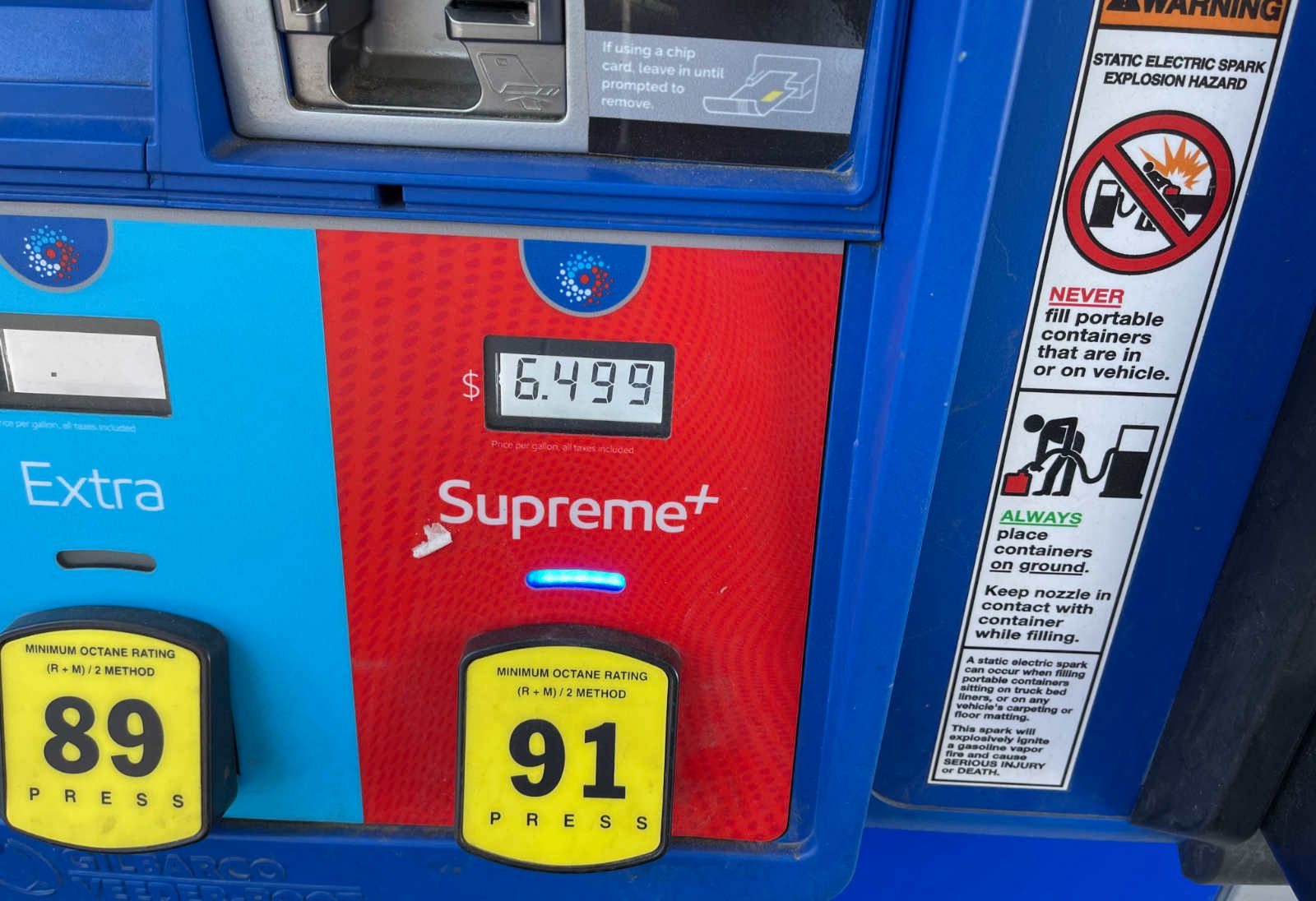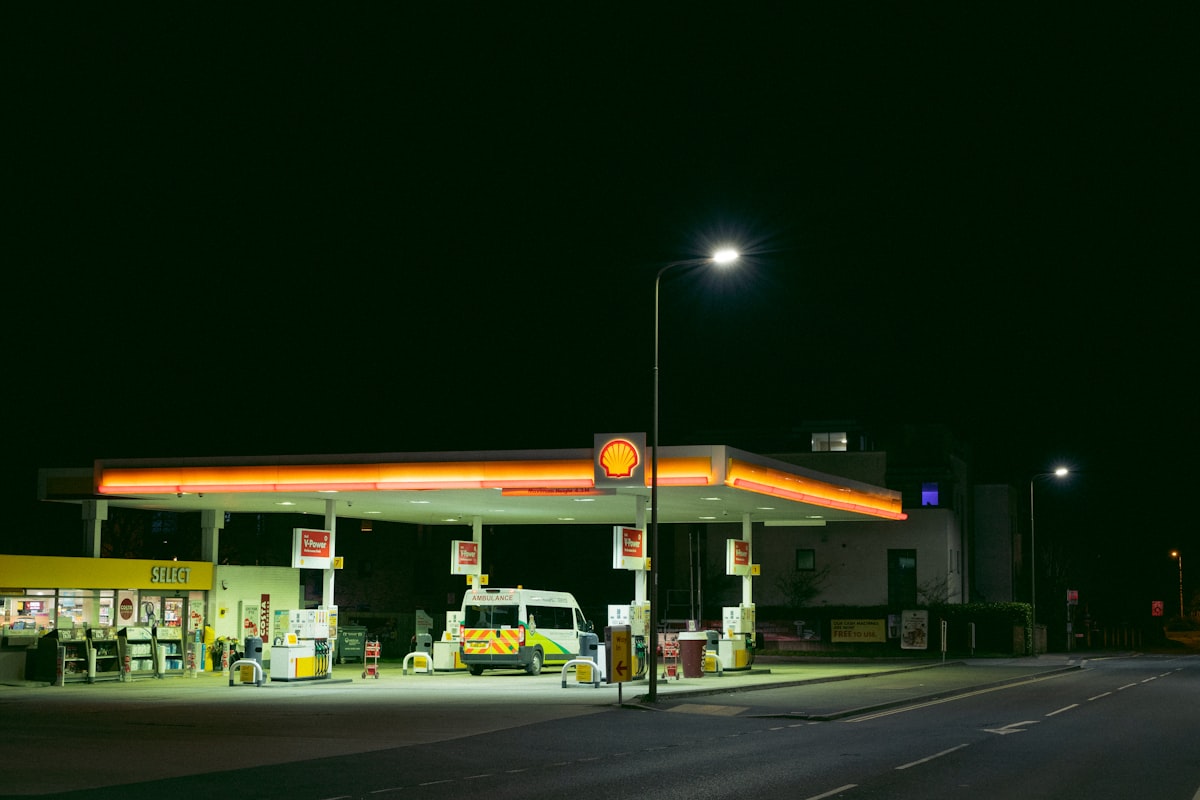It might be time to take another look at electric cars - premium gas prices are rising sharply.
If you motor around in a hulking SUV or a sleek luxury sports sedan, here's some bad news: the price spread for premium gas is expanding faster than an unsuccessful dieter's waistline.
You can blame the usual suspects: the war in Ukraine, U.S. environmental regulations and a lack of refining capacity.
Premium fuel – 91 octane or higher – contains more octane than regular and mid-grade. What is this precious octane? It's a hydrocarbon made from crude oil and, as you might suppose, it is highly flammable. More octane means the gas burns more efficiently.
A higher octane rating means the fuel has more ability to resist engine knock. High-performance engines are "tuned" to burn higher octane fuel and if you try to cheap out, the engine may ping, misfire and generally run poorly and, over time, you can expect excessive engine wear and tear.
Octane gap
Currently in the U.S., premium fuel is about 75 cents a gallon more than regular. That's up about 15% from last year, according to AAA.
Making matters worse is that this is the time of year when refineries start switching to summer-grade gasoline. That means using more natural gas and less butane to boost the octane rating. We all know what natural gas prices have been doing lately, so it's pretty easy to know what to expect.

Overall, gas prices steady
The good news is that, generally speaking, gas prices have been holding fairly steady despite all the turmoil, at a national average price of $3.46 for a gallon of regular, according to AAA. Meanwhile, the global oil price plunged into the low to mid $60 per barrel, a level not seen since August 2021.
“Given that the cost of oil accounts for 55% of what we pay for gas, it’s fair to wonder how soon prices will drop at the pump,” said Andrew Gross, AAA spokesperson, “But gas stations paid for that fuel in their underground tanks weeks ago, when oil was nearly $15 more a barrel. So it will take time for any savings due to cheaper oil to be seen at the pump. And that is assuming the oil price does not rise again.”
If crude oil prices keep falling, drivers could see pump prices decline, assuming no other cataclysms occur.
That's not much comfort, of course, to consumers who have to pump premium. It's sort of a continuation of the stock market turmoil, which has bitten into the net worth and income of millionaires while having less effect on regular wage earners.
Don't pump premium needlessly
This might be the time for a reminder that most cars and light trucks don't need premium fuel and will run just fine on 87-octane gas. Check your owner's manual to see what your manufacturer says is required.
Buying a higher grade of fuel that you car expects is simply wasting money. It doesn't improve performance or gas mileage.
However, it is important to use fuel that meets Top Tier standards, AAA said. Top Tier is gasoline that contains detergents that help keep your fuel system clean and flowing freely. Top Tier fuels are generally sold at brand-name stations like Chevron and Shell. Discount stations selling generic gas may not include the detergent, which is one reason they’re able to offer lower prices.
Some stations will display a Top Tier logo on their pumps but not all do. However, any major brand station that says its gas contains detergent is probably selling Top Tier fuel. You can find a complete list of licensed Top Tier brands here.


